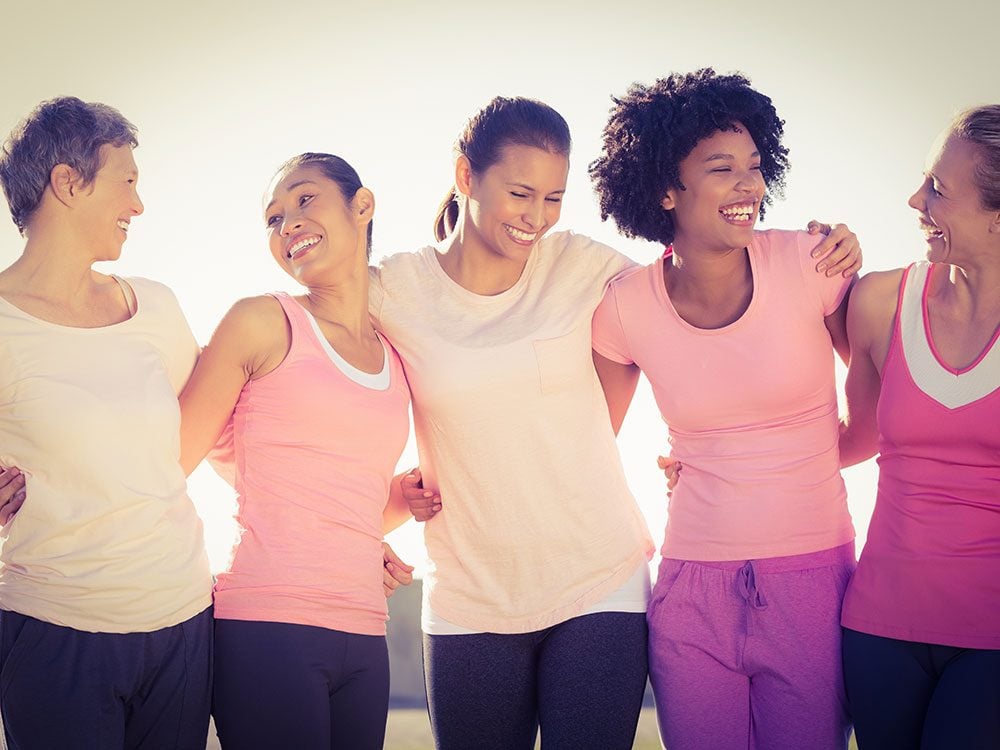
How to prevent breast cancer
Breast cancer is the most common cancer among Canadian women. Even though the five-year survival rate—87 per cent—has vastly improved over the past three decades, one in eight women can still expect to be diagnosed with breast cancer. (It’s about 100 times rarer in men.) Many risk factors are out of our control: we’re more likely to develop the disease the older we get, for instance, or the taller we are, although this link may have to do with factors such as childhood diet that contribute to height in adulthood. But current research is finding that we can, to some extent, shape our own odds.
“It’s incredibly important that people know they are not powerless,” says Susannah Brown, senior scientist at the World Cancer Research Fund (WCRF) in London, U.K. “There are steps they can take to help reduce their risk.” Earlier this year, WCRF partnered with the American Institute for Cancer Research to analyze more than 100 studies drawing on data from millions of women around the world. They found strong evidence of lowered breast cancer risk with simple lifestyle interventions. “It’s never too late to get healthier,” says Brown. “But the earlier you start, the better.”
Here’s how to prevent breast cancer, according to the experts.

Reduce your alcohol intake
If you’re drinking for your health, think again. What you’re doing is raising your risk of seven cancers, including liver cancer. One drink a day increases your chances of developing breast cancer specifically by as much as 10 per cent. Two drinks and you double it by up to 20 per cent.
“A lot of women are shocked by that,” says Dr. Julian Kim, a radiation oncologist with CancerCare Manitoba in Winnipeg. “They drink a glass of wine to relax, and they think they’re getting away scot-free.” Alcohol can increase levels of estrogen, which, like other hormones, delivers messages that control cell division in the body. Increased lifetime estrogen exposure is associated with breast cancer. That’s why getting your first period before age 12 and reaching menopause after 55 are risk factors.
Plus, when we metabolize alcohol, it’s converted into acetaldehyde, a toxic by-product that can damage DNA and interfere with our ability to repair it. “There is no safe amount women can drink without increasing their risk of breast cancer,” says Brown. “However, the women who drink the most alcohol are at the greatest risk.”
When it comes to another common vice, smoking, the news is surprising. Although smoking-related illnesses cause about 100 deaths a day in Canada and may be implicated in some breast cancers, “smoking is not as strong a risk factor for breast cancer as it is for other cancers,” notes Shawn Chirrey, senior manager of health promotion for the Canadian Cancer Society in Toronto.
This is what happens to your body when you drink a glass of wine every night.
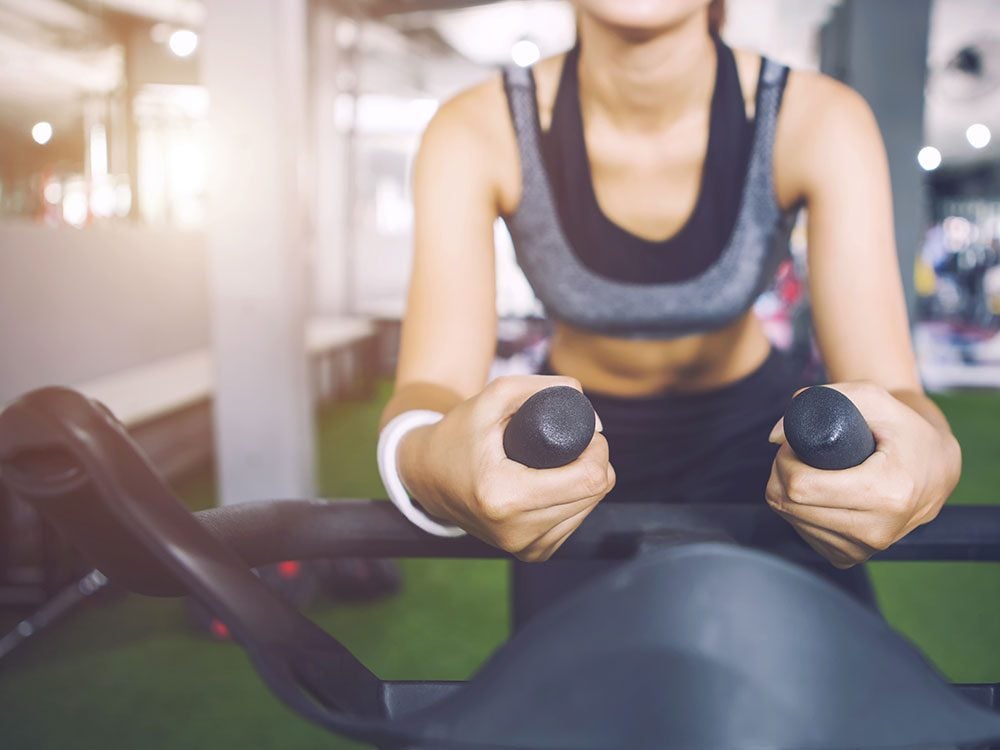
Be physically active
Exercise lowers the risk of breast cancer, and being inactive increases it. The protective effects vary depending on whether or not you’re postmenopausal, whether the exercise is moderate or vigorous, and how much time you devote to physical activity.
“There’s a dose response. The more exercise you do, the greater the benefit,” says Dr. Christine Friedenreich, a Calgary-based cancer epidemiologist at Alberta Health Services. In all, about 17 per cent of breast cancer can be blamed on inactivity. Aim for at least 30 minutes of brisk exercise a day for prevention, but remember that any activity is better than none. “We know it also reduces the risk of at least 13 other cancers,” says Friedenreich, who is part of a project to quantify all modifiable risk factors for all cancers across the country.
It’s likely there are many ways physical activity is protective against breast cancer. Exercise decreases levels of estrogen in postmenopausal women and improves the immune system, and if you’re active outdoors, vitamin D exposure from the sun may even make a difference. However, further research is needed to understand the impact of different kinds of activity.
It can be challenging to incorporate exercise into our hectic lives, but Chirrey says that policy shifts in workplaces and municipalities are helpful. Employers can provide discount gym memberships or find ways to increase activity levels, and cities can build bike lanes. “Environments can encourage people to make physical activity part of their day,” he says.
Don’t miss these 7 Silent Signs You Need to Move More.
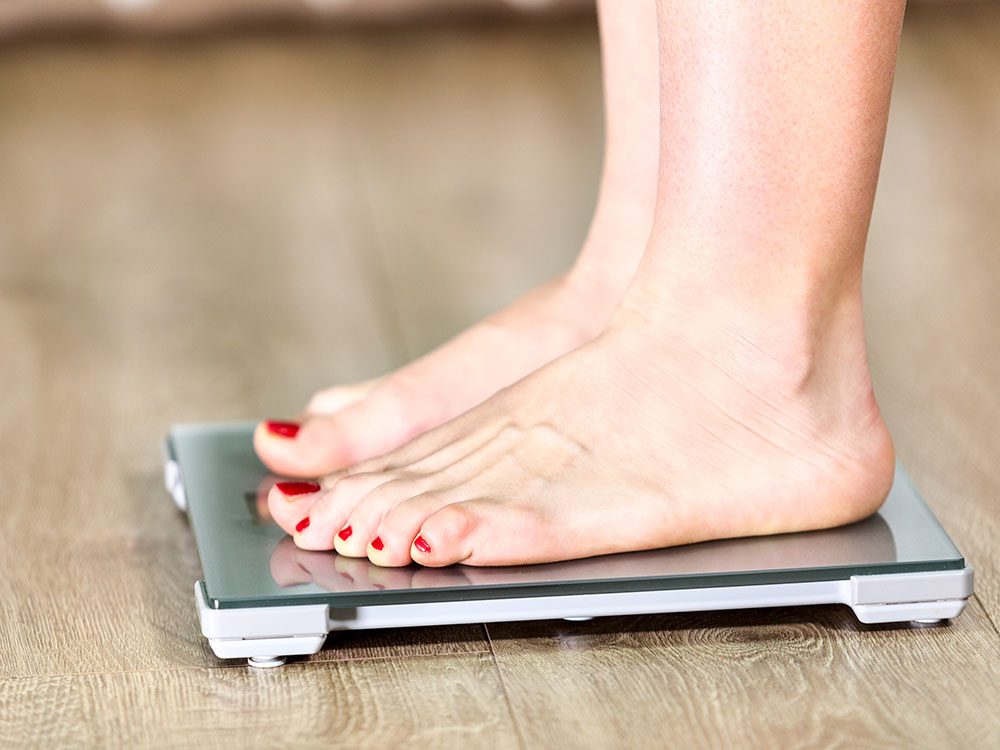
Learning how to prevent breast cancer involves controlling your weight
Being overweight or obese throughout adulthood is a risk factor for postmenopausal breast cancer (a category that includes most cases; an estimated 83 per cent of breast cancers are diagnosed after the age of 50). Putting on pounds after menopause also makes you more likely to get breast cancer. “Every 10 kilograms of postmenopausal weight gain is associated with an 18 per cent relative increased risk,” notes Kim. (“Relative risk” means you’re 18 per cent more likely to get breast cancer than someone of similar age and body type who hasn’t gained weight.) Maintaining a healthy weight protects against other types of cancer as well, not to mention diabetes, heart disease and stroke.
As with exercise, there’s no single reason why weight influences breast cancer risk. What makes it even more complex is that carrying extra weight as a young woman (ages 18 to 30) appears to be protective—perhaps because heavier women frequently have disrupted hormonal cycles and reduced estrogen levels.
After menopause, however, fat tissue is a main source of estrogen. Researchers have also identified links between obesity and chronic inflammation of fat tissue, which may be responsible for an elevated cancer risk in the breast. The same applies to higher levels of insulin. Whatever the reason, controlling weight, particularly after menopause, will protect you against breast cancer.
These weight-loss strategies don’t require any exercise.
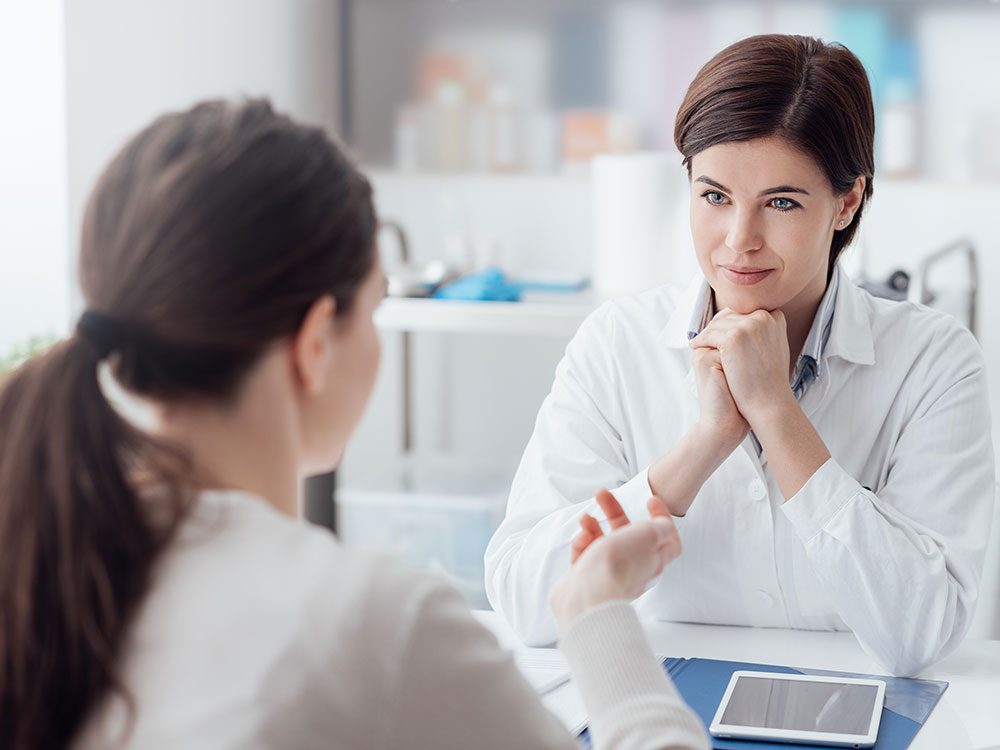
Avoid hormone replacement therapy
Hormone replacement therapy (HRT) is used to treat symptoms of menopause caused by sharply declining estrogen levels, such as hot flashes, sleep disruption and vaginal dryness. It involves taking supplemental estrogen by pill or patch, sometimes in combination with the hormone progestin. But experts estimate that HRT, which exposes postmenopausal women to increased estrogen, causes 15 per cent of new cases of breast cancer. “HRT is to be avoided if at all possible, except for extreme cases when women are really suffering with menopause,” says Friedenreich.
“It’s important to have a conversation with your health care provider,” adds Chirrey. “Talk about the risks and benefits of HRT.” Depending on your symptoms, a physician may suggest local estrogen therapy, which uses low-dose vaginal estrogen, released by a cream or ring, and carries a much lower risk because very little estrogen will get into your bloodstream. If you do opt for hormone replacement therapy, use it for as short a period as possible, and no more than five years. The elevated risk of breast cancer dissipates a few years after stopping HRT.
Here’s what you should and shouldn’t do before a doctor’s appointment.
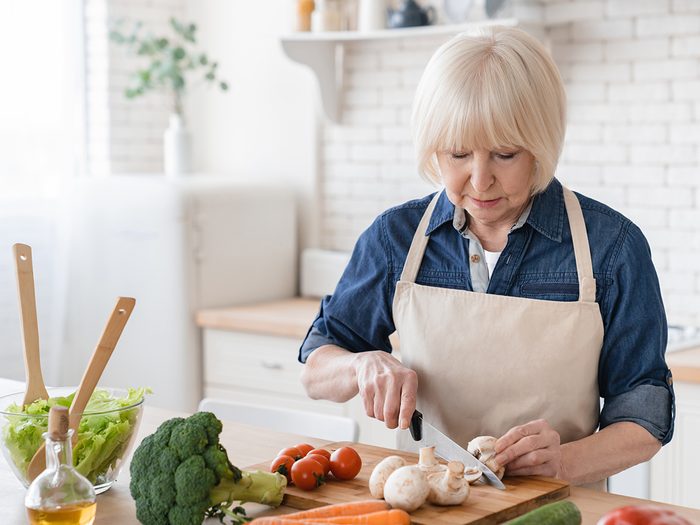
Eat well
Evidence linking specific foods to breast cancer is still very limited, but learning how to prevent breast cancer does involve close attention to your diet. The WCRF report revealed that it’s possible that breast cancer risk may be lowered by consuming non-starchy vegetables (items other than potatoes and corn, for example), carotenoid-rich produce such as carrots and pumpkin and foods high in calcium. “There weren’t enough studies to make strong conclusions,” Brown cautions. “However, we do know that eating lots of vegetables is important for a balanced diet and to help maintain a healthy weight, which is incredibly important for cancer prevention.”
Chirrey agrees. “There’s no magic bullet, no superfood you should eat to reduce your risk,” he says. What’s most important is consuming a variety of nutritious foods and balancing your total caloric intake with your physical activity. While the emerging evidence for preventing breast cancer is hopeful, putting it into practice may seem daunting. “To make healthy lifestyle changes that will last, find a way to fit them into your daily routine, and don’t try to incorporate too many at once,” advises Brown. “Even making a few small tweaks, such as cycling to work or choosing to make a few days within the week alcohol-free, are great ways to begin to reduce your risk of breast cancer.”
Now that you know how to prevent breast cancer, find out how you can reverse heart disease.